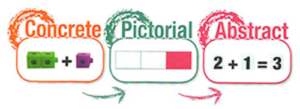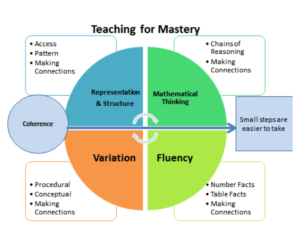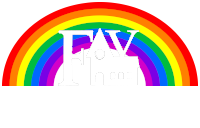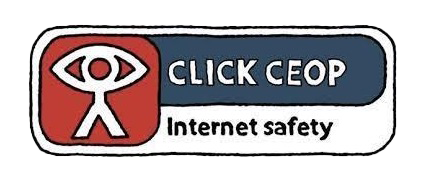What is mastery maths?
Mastering maths means pupils acquiring a deep, long-term, secure and adaptable understanding of the subject.
The phrase ‘teaching for mastery’ describes the elements of classroom practice and school organisation that combine to give pupils the best chances of mastering maths.
Achieving mastery means acquiring a solid enough understanding of the maths that’s been taught to enable pupils to move on to more advanced material
How is it taught?
All concepts will be taught using the three-step method.
Firstly, Children will be given concrete apparatus to help them begin to understand a concept. The types of apparatus we use in school vary from numicon to straws.

Secondly, when the children have a better understanding of a concept, the teacher will then use pictoral models to embed the children’s understanding further. This can be done through the use of Part-part-whole models, bar models or even some conceptual images, such as groups of food or animals.
Finally, once the children have a deep understanding of the concept, the teacher will then use abstract models. For example, 5 x 5 = or 5 groups of 5.
The Big Five Ideas
When teaching any maths lesson, it is important that the teacher includes all aspects of the big five ideas.
Representation and structure: This is where the children make connections between certain concepts and begin to see patterns. For example: Knowing that when you add a group of 10 to any number, it will have no effect on the ones column or understanding that when you add 9 to any given number, you can add 10 and take 1 away.

Mathematical Thinking: This is where the children will use their mathematical knowledge to help them understand new concepts and ideas.
Variation: In a Mastery Maths lesson, the teacher should try to vary the models and images given to the children to give them a sounder understanding. For example: when teaching addition, it is important to use both bar models and part-part whole models.
Fluency: This is where the children work on their number facts, their table facts, or the concept they have been learning. Fluency is included in every lesson but should never just be a page of calculations. It should include reasoning and problem solving as well.
The National Curriculum
In the Maths National Curriculum, there are three key aims:
To become fluent in the fundamentals of mathematics, including through varied and frequent practice, so that pupils develop conceptual understanding and recall and apply knowledge.
To reason mathematically by following a line of enquiry, conjecturing relationships and generalisations, and using mathematical language.
To solve problems by applying their mathematics to a variety of routine and non-routine problems with increasing sophistication, including breaking down problems into a series of simpler steps and persevering in seeking solutions.
Useful websites and links


